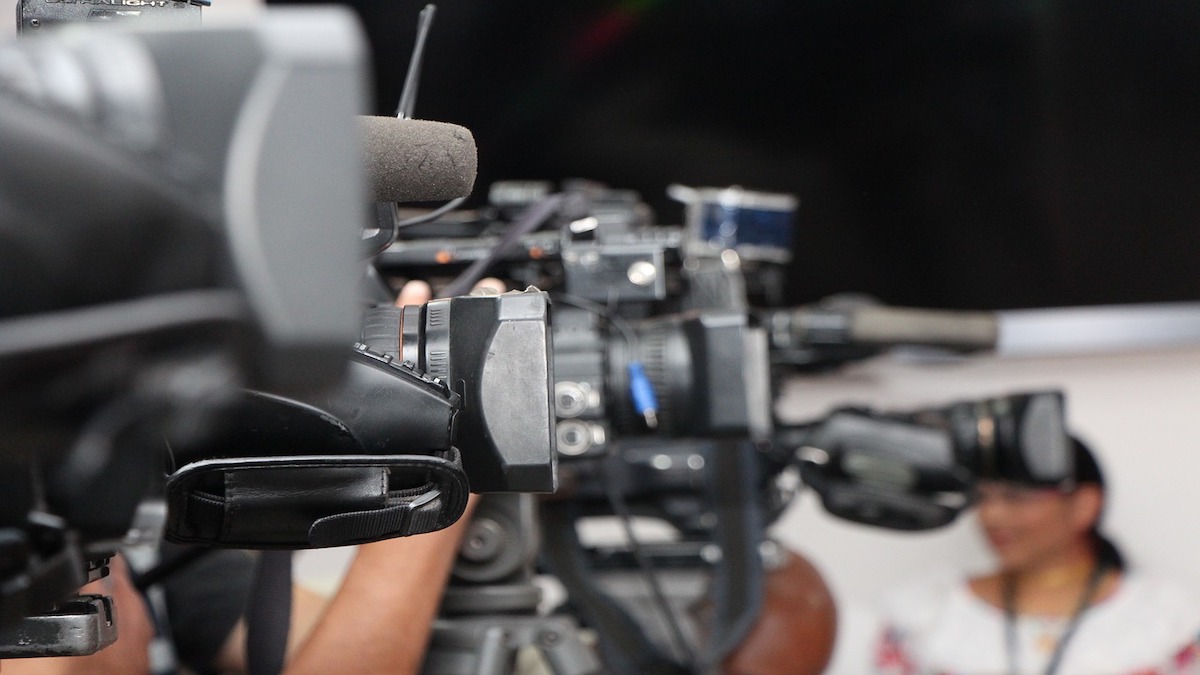So You Didn’t Get In The News. Now What?

One of my favorite PR conversations starts something like this:
Me: What are your goals for PR?
Client: I would love to get an article in The New York Times or a segment on Today.
Me: (Ideally to myself): Are you #$%&^ kidding me?
While I have landed a segment on Today and placed articles in top print media like USA Today and The Washington Post, the holy grail of coverage is often out of reach for most pitches.
The good news… there are plenty of other places to earn some ink or airtime to get in front of your target audience. The first step to securing PR is understanding how, when, and where to share your news.
Whenever you have an idea that you think is PR-worthy, ask yourself or your team to define who cares about the story you’re concepting and the impact of the information you are hoping to share. The answers to those two questions will help determine your next steps of pitching your story. Of course, before you pick up the phone or email a member of the trade, traditional, or blog media, you have already qualified who you’re pitching, how they like to be pitched, and created a well-crafted pitch. (You can read more about developing a story in this article.)
Here are a few examples of how I approach pitching:
Example #1
When Scheffey was working with Inclinator, a residential elevator manufacturer, one of our markets was older demographics, with disposable income who wanted to remain in their home as they aged. Because aging-in-place was getting attention on a wide scale, I knew my chance of getting national coverage was possible. Through my PR research to qualify who I should pitch, I found a journalist named Lou Manfredini. Lou not only covered topics like aging-in-place, he also was a correspondent for Today. Jackpot. By understanding what Lou felt was important and knowing what would be needed to help Lou tell his story, I made my pitch. In my ask, I offered to transport and set-up a 20-foot operational Inclinator elevator tower in the Plaza to help visually demonstrate ways to make aging-in-place possible. As you can imagine there was a lot of work required, but watching my client being interviewed on a national morning show and seeing Hoda Kotb ride up and down inside Inclinator’s elevator was worth every effort.
Key takeaway: Ask yourself if your idea has a tie to a story or topic being discussed on a national or state level or if your story is so unique and compelling it will connect with a wider audience.
Example #2
As the marketing firm for Strasburg Rail Road, a big part of our work involves public relations, targeting writers who cover family travel. Throughout the year, we focus our pitches on events to build awareness and drive traffic. Sometimes our PR outreach is regional, but often we sell the signature 45-minute steam train experience to national writers. This approach takes research and patience. In my research I stumbled across Rainer Jenss, who writes for National Geographic. But, that’s not the interesting part. As I started to read his stories, I noticed a piece about his desire to take his children on educational vacations. Light bulb. What better way to educate and entertain two young teenaged boys than with a steam train ride through Amish Country. Oh, and there’s a neighboring farm that offers overnight farm stays. Trains, milking cows, lots of land to run, and a heavy dose of history. My pitch literally sold itself.
Key takeaway: Finding the right writers and understanding what they value is the key to making your story stand out. Being a mother of two boys helped too. After all, if the boys weren’t happy, the story I wanted told may have had a different tone.
Example #3
When Water Street decided to embark on a Mission Makeover, Scheffey was called upon to orchestrate the PR. Even though homelessness is a national issue, the nature of the event would be significantly more impactful at a local level. Because the Mission Makeover was to take place in a record pace of 7 days, there was instant excitement over the magnitude of the kitchen overhaul, as well as the mere challenge of what was truly an unrealistic timetable. Because I was staying local, I went for the biggest coverage I could get. In working with WGAL TV producer Ronda Keiser, we negotiated exclusive and extensive coverage of the project from start to finish. For Water Street, this was a great opportunity to keep donors and the community connected to the project and the mission. For WGAL, it presented an opportunity to be part of a project with a huge societal impact. My work involved regular updates to WGAL to ensure they could advance each story, identifying visual elements, and coordinating live interviews multiple times a day. Rounding out my coverage through WGAL, I pitched and coordinated coverage with print and other broadcast stations in Lancaster, York, and Harrisburg.
Key takeaway: Know which media is best able and best prepared to tell your story. Because this story was so visual and so emotional, TV was the best medium to help share the news. Know what the media needs to tell your story and do the legwork to make the story easily come together.
Because PR is sales – and closing sales takes time – it’s best to approach PR as a sustained effort. Collaborating with a PR professional can help reduce the time burden involved in concepting stories, formatting stories into appropriate media, and qualifying and pitching audiences. Partnering with a PR professional or PR firm is also likely to improve your close ratio. If you need help but are not sure where to start, start by calling us at Scheffey. Or say hello through our Contact form. We’d love to talk with you!
